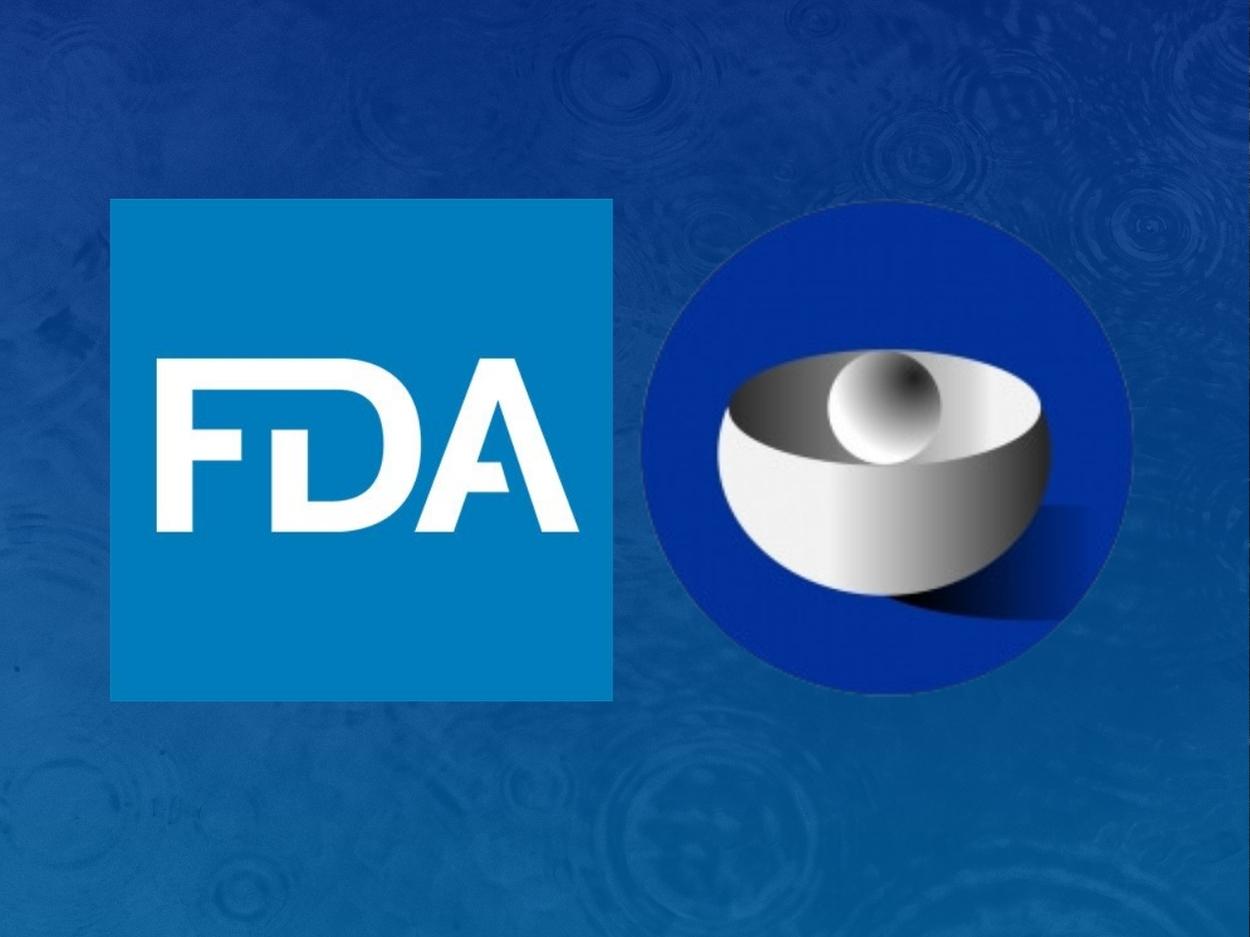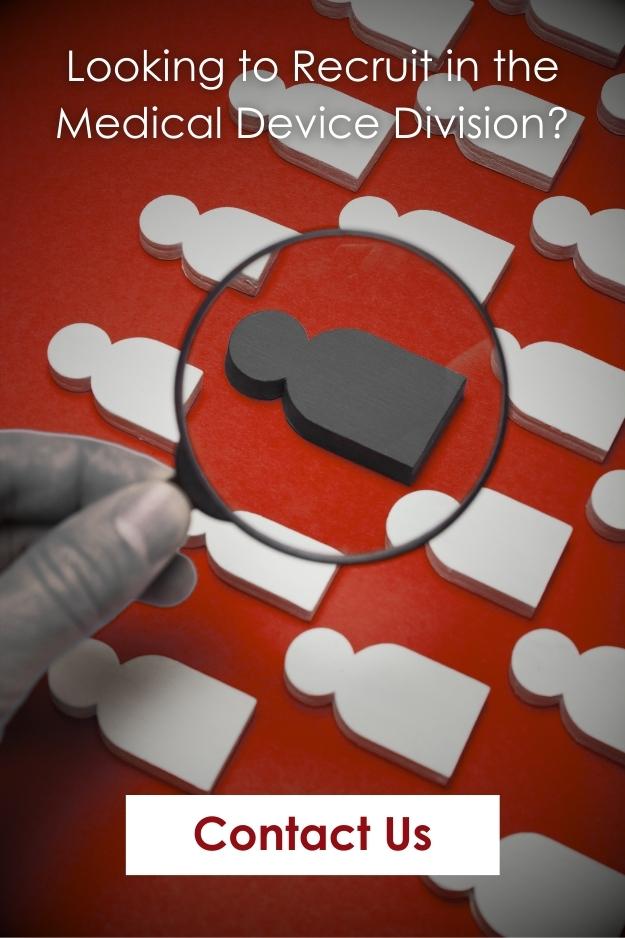Navigating Medical Device Regulation in the Age of Artificial Intelligence
Introduction
In recent years, the integration of Artificial Intelligence (AI) into medical devices has revolutionized healthcare, offering advanced diagnostics, personalized treatments, and improved patient outcomes. However, with these advancements come new challenges, particularly in navigating the complex landscape of medical device regulations. In this blog, we explore the evolving regulatory environment and provide insights for developers and stakeholders in the life sciences industry.

Understanding the Regulatory Landscape
Medical device regulations are designed to ensure safety and efficacy. With AI-driven devices, regulatory bodies like the FDA (U.S. Food and Drug Administration) and the European Medicines Agency (EMA) are updating their frameworks to address unique risks and benefits associated with AI technologies.
Key Regulatory Considerations
Safety and Effectiveness: AI algorithms must demonstrate consistent performance. This requires rigorous testing and validation to ensure they work safely across diverse patient populations and scenarios.
Transparency and Explainability: Regulators emphasize the importance of transparency in AI systems. Developers must ensure that AI-driven decisions can be explained and understood by healthcare providers and patients.
Continuous Learning Systems: Unlike traditional devices, AI systems can learn and evolve. Regulatory frameworks are adapting to ensure that updates to AI algorithms maintain or improve safety and efficacy without introducing new risks.

Navigating Regulatory Pathways
For developers, understanding and adhering to regulatory requirements is crucial. This includes:
Engaging Early with Regulators: Early dialogue with regulatory bodies can provide valuable guidance and help anticipate potential challenges.
Documenting Development Processes: Comprehensive documentation of the AI development lifecycle, including data sources, training processes, and validation methods, is essential for regulatory approval.
Post-Market Surveillance: Continuous monitoring of AI device performance post-approval ensures ongoing safety and effectiveness, addressing any emerging issues promptly.
The Role of Collaboration
Collaboration between AI developers, healthcare providers, and regulators is key to successfully navigating the regulatory landscape. By working together, stakeholders can ensure that AI-driven medical devices are both innovative and safe.
Conclusion
As AI continues to transform the medical device industry, understanding and navigating regulatory requirements is more important than ever. By focusing on safety, transparency, and collaboration, developers can successfully bring cutting-edge AI medical devices to market, ultimately enhancing patient care and outcomes.
At Adaptive Life Science, we are dedicated to connecting top talent with opportunities to drive innovation in the life sciences industry. Our expertise in recruiting for this specialized sector ensures that we can help you find the right professionals to navigate the challenges of AI in medical device regulations.



